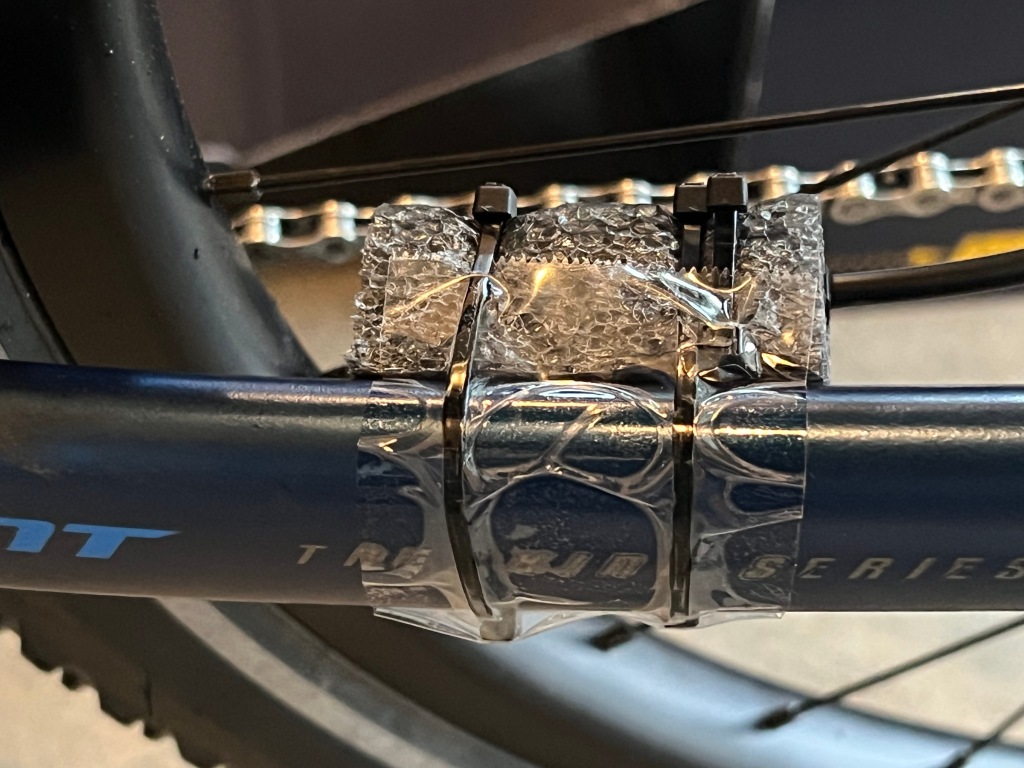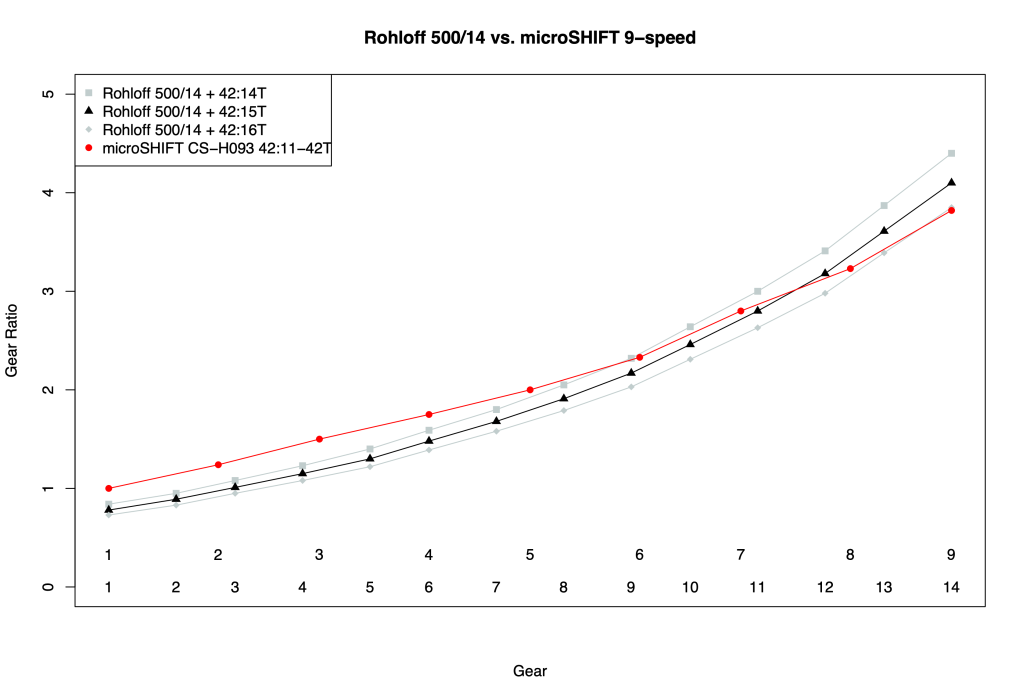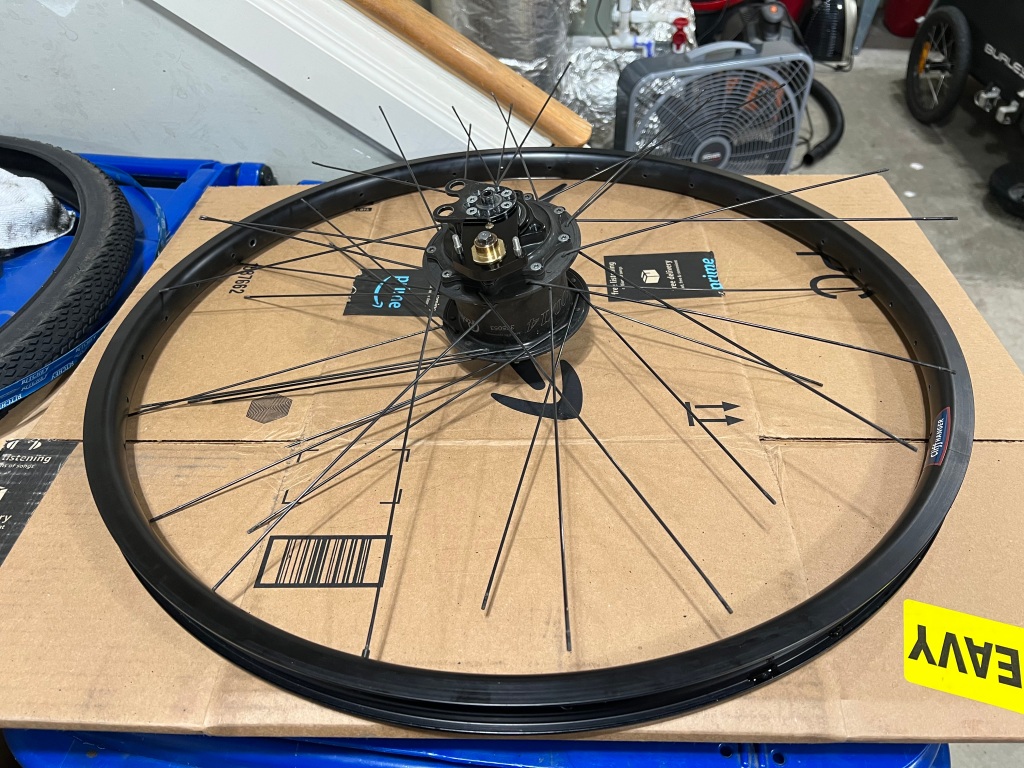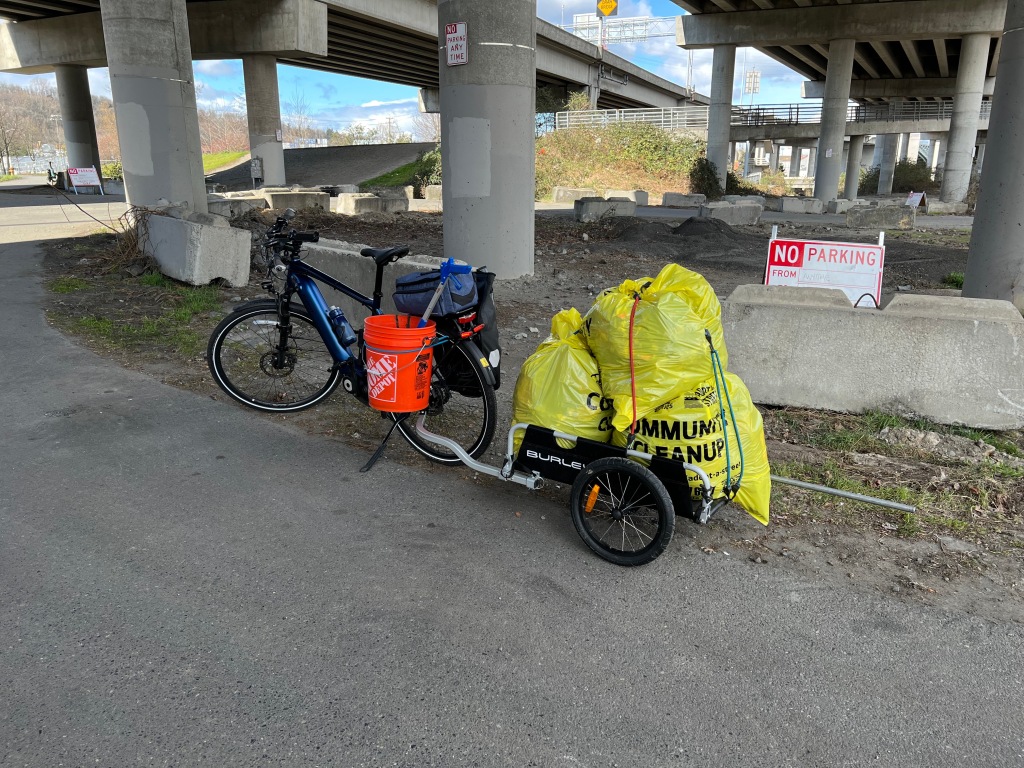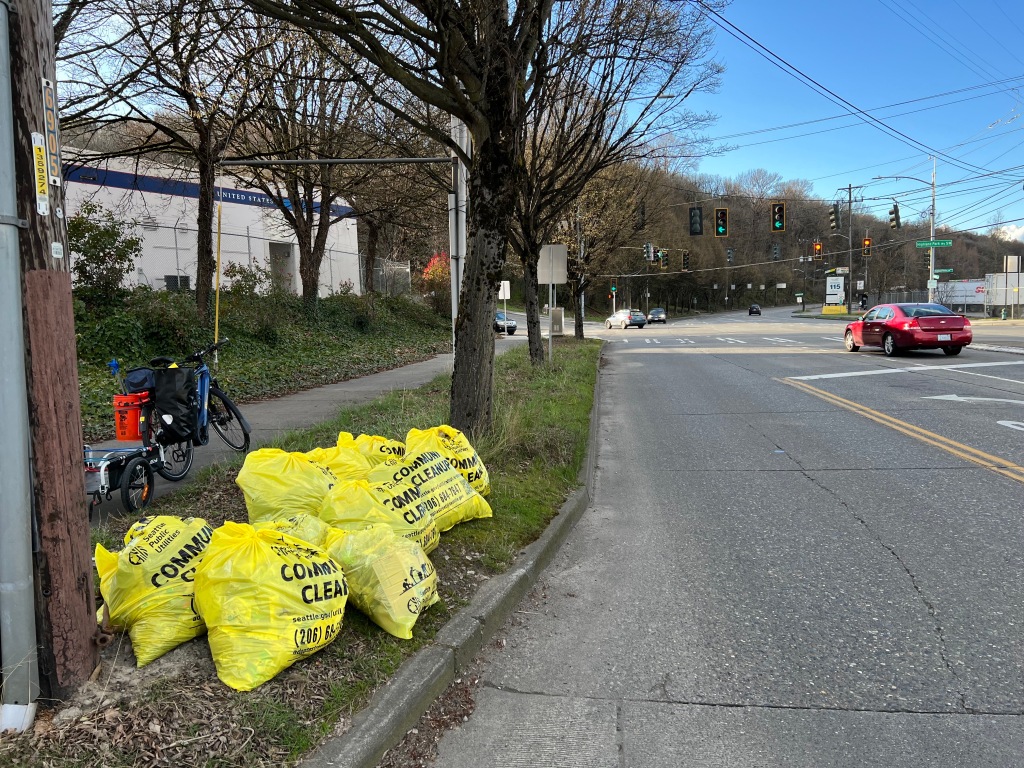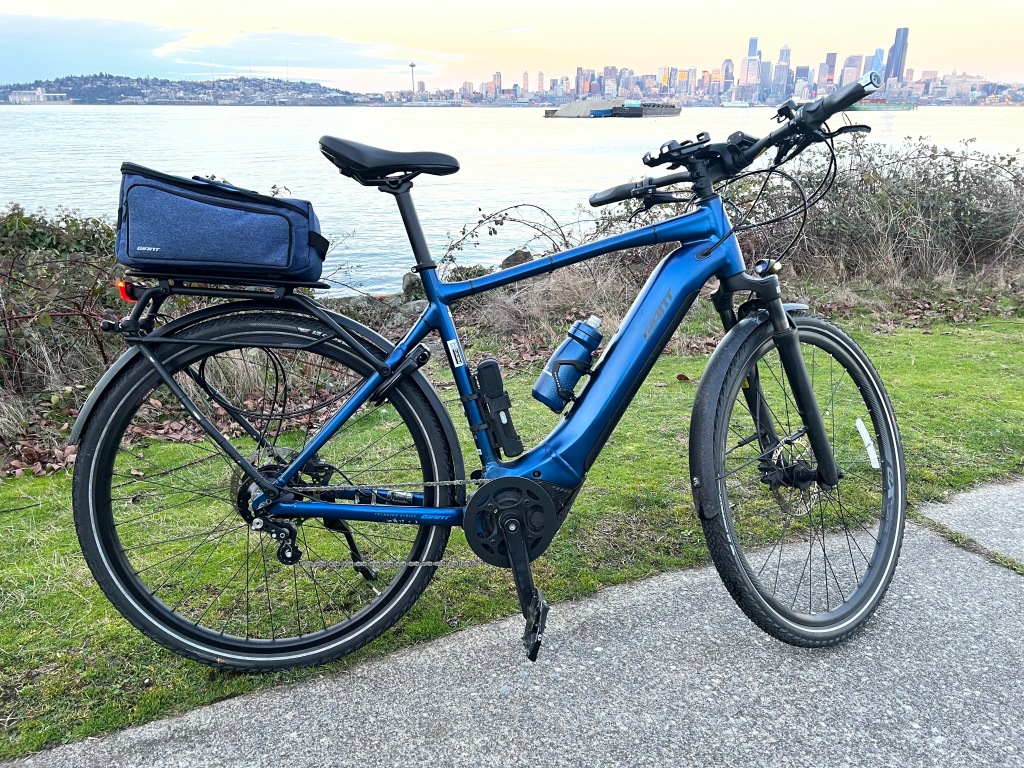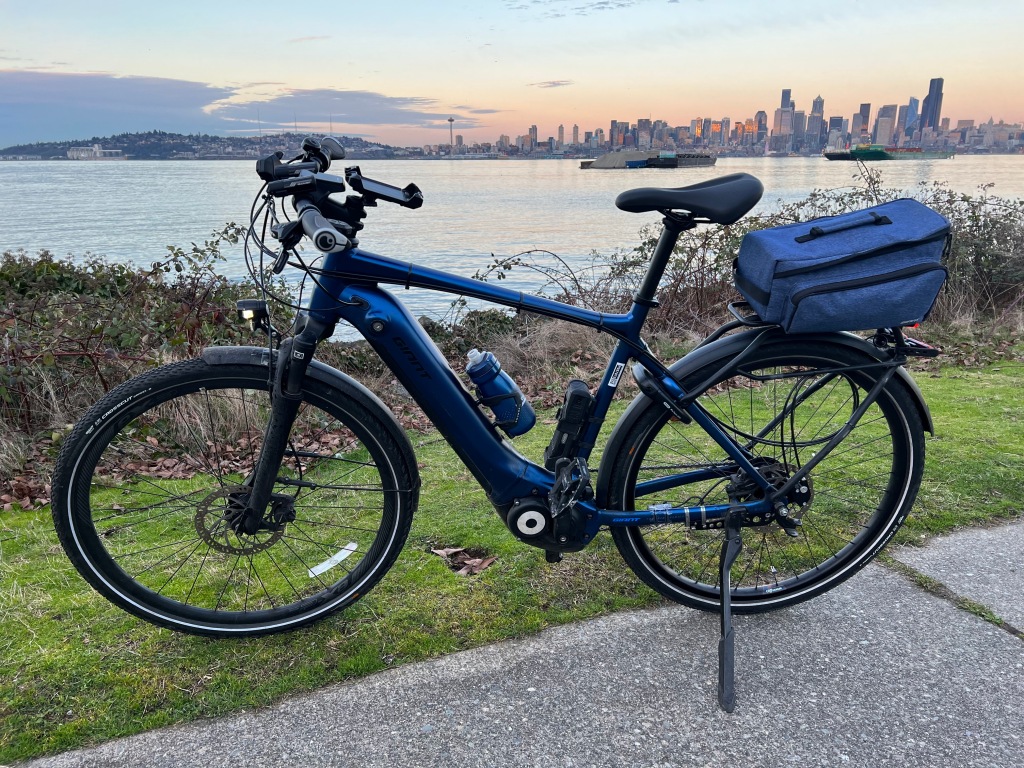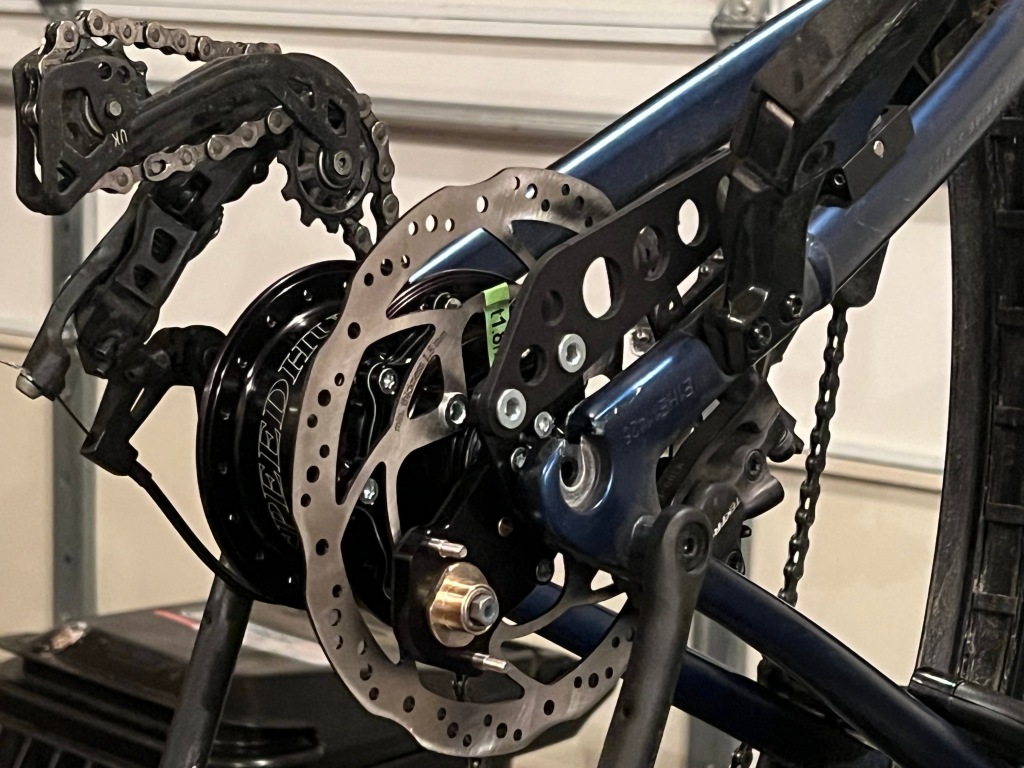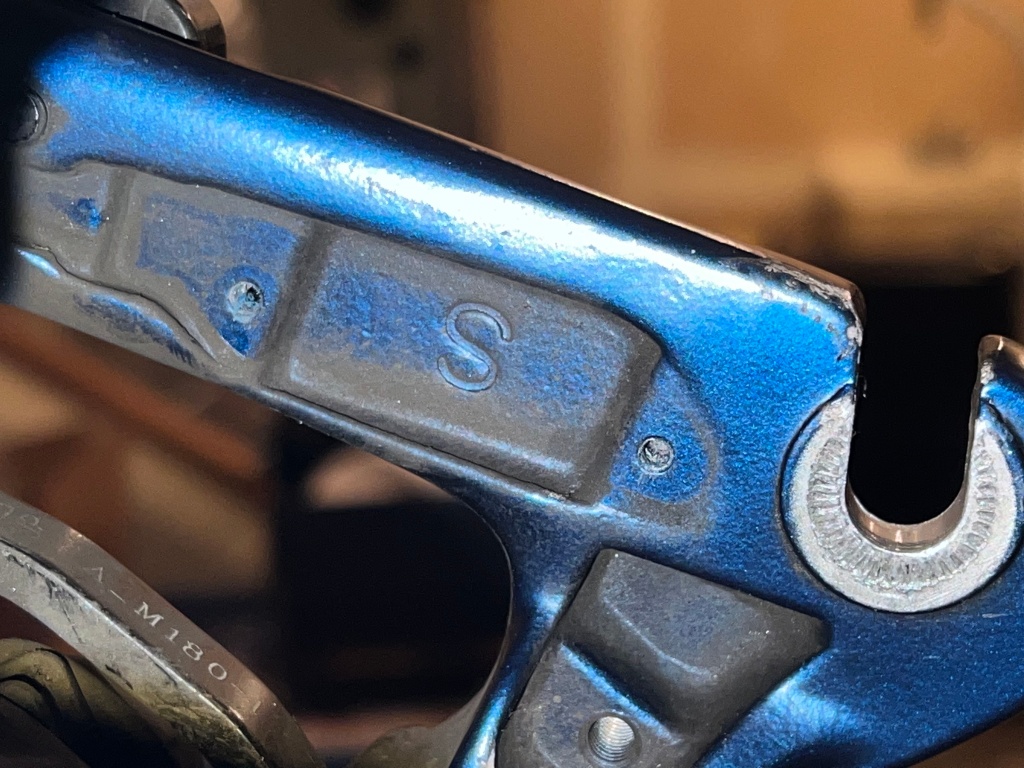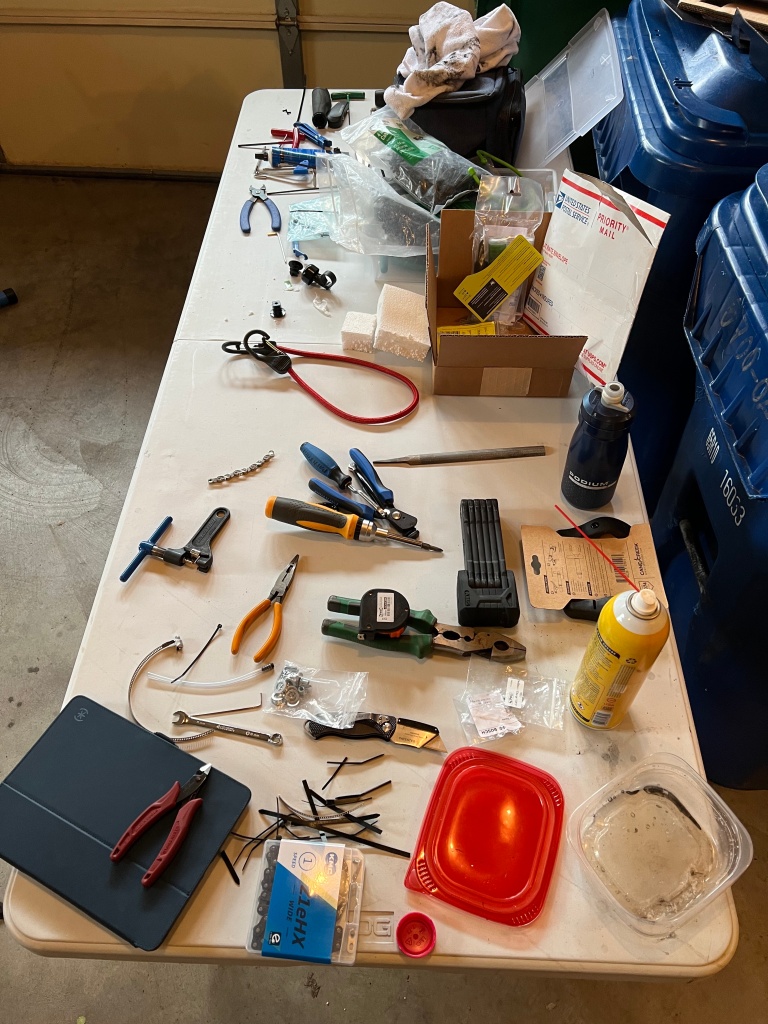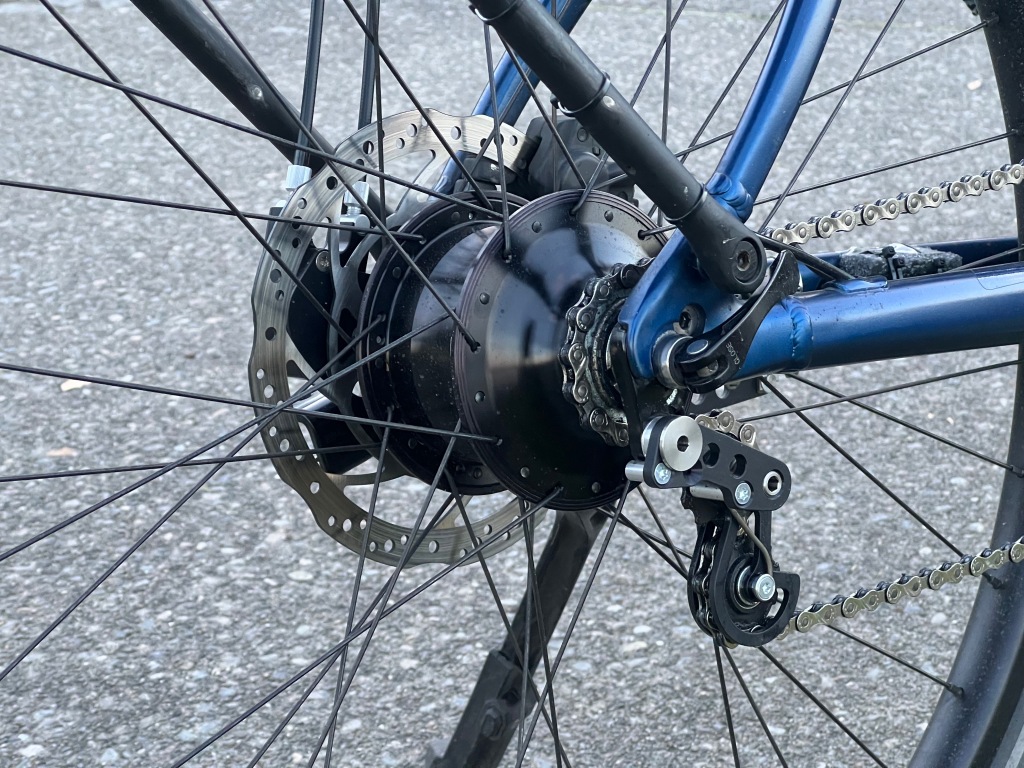[Note: I shared this post on Twitter and there has been a fair bit of discussion about it there. Please feel free to re-share if you find it interesting or you learned something, and I’m happy to answer questions or read your comments there, or in the blog post comments here, as well. Thanks for your support and kind words!]
If you’ve worked with me, read my technical writing, my public Twitter or Facebook posts, or read any of my posts here in the past, you would probably not consider me illiterate. (I hope, hah.) In fact you probably read the title of this post and thought it must be clickbait – but it’s not. It’s true. I was not able to read traditional books or anything else substantial until I was 20 years old.
I am dyslexic. I didn’t know it until adulthood.
In the past two decades I have worked in some exciting and incredible places and accomplished a lot. From small startups in the early days of the web, to being an early employee of and shaping the future of MySQL, moving to Silicon Valley to work at Yahoo!, running my own technical consulting company, expending inordinate blood, sweat, and tears to keep Twitter alive in its pivotal years, working in the heart of the beast at Google, and now helping the world’s entrepreneurs be successful at Shopify – I’ve been around a bit, and I’ve been incredibly lucky to have been given many opportunities to excel.
Disclaimer: This is my story, my situation. It’s deeply personal, of course, but due to human biology, and also human experiences, how dyslexia is experienced and dealt with varies a lot for everyone. Some of this probably applies to nearly everyone who is dyslexic, but no doubt some of it is my own quirks, or just wrong. I don’t really like writing about myself, and some of this is embarrassing to talk about publicly, but I am hopeful that this will help others struggling with dyslexia even if they don’t know it yet.
My insurmountable struggle with school
Growing up, my family moved a lot.
I was never in the same city, and thus the same school system, for more than a handful of years. I barely remember half of the schools I attended. I never had any long term relationships with any school staff or anyone that cared to understand what the reasons for my struggling actually were. Most of my teachers thought I was either lazy or stupid, or gave up on me. I was overweight, and in later years nerdy, and almost always (due to moving a lot) the “weird new kid”. I was bullied relentlessly by other kids.
Starting at a very young age, once I started in school, it was clear that something was wrong with me. I struggled with the most basic subjects in elementary school. I failed at, or failed to complete most of my work. It was a combination of struggling with the material itself (especially anything involving reading or writing), and boredom. I hated pretty much every single minute of school and did everything I could to avoid it. I was once (in third grade?) dragged inside the school–literally kicking and screaming–by the school principal.
I struggled through elementary and middle school, nearly failing several grades along the way. Then came high school, for which I was horribly unprepared, and I quickly realized I was in deep trouble.
Entering ninth grade, I attended a “year round” high school in Kentucky. This school had a quite unusual and somewhat experimental 4 x 90 minute daily schedule, which meant completing four full courses during the first half of the year, and starting an entirely new set of four courses after winter break. I did reasonably well.
Halfway through tenth grade, my family moved again, to another state, to a different school system – one which used a more traditional course schedule. Since we moved mid-year, this meant that I had completed half of my courses, but not yet started the other half, while the students I was joining at the new school were halfway done with all of their courses. Since the new school was in a different state, there were also slightly different credit requirements for graduation… leading to a very unpleasant school year of chaos.
Eleventh grade was a struggle as well, and afterwards, it was clear I was not going to graduate high school on time – I had failed two English courses, for one, so I would end up needing to take 10th, 11th, and 12th grade English all at the same time in my senior year, or repeat the 11th grade. I decided I had had enough. I dropped out of high school and took the GED test (after I moved states, on my own, to another state where it was legal for me to do so) to get a high school equivalent diploma.
I had planned to attend DeVry University and get a degree in Computer Science, but (long story short) it was not what I had hoped for. I struggled with depression (that I only now recognize), and I ended up attending only two semesters at DeVry before leaving and working full time instead. I’ve been working ever since.
Reading is not reading
How did I get all the way to nearly finishing high school–in the United States–while being functionally illiterate? There’s a lot to blame on the American school systems for that, and I won’t get into that here. However, one of the biggest challenges is that: reading is not reading per se.
All throughout school it would be hard to say, at any time, that I “couldn’t read”. I could read the instructions to problems, I could read aloud (mostly), I could read the board (untreated eyesight problems aside), and it would not have necessarily been obvious that, despite all of that, I could not read in the traditional sense: I could not read books, long articles, essays, etc. This meant that most academic knowledge was beyond my reach (and, to be honest, some still is).
It turns out that being “able to read” is not a singular thing where you either can or can’t – where you’re either literate or illiterate. It’s always been easy for me to read short passages, single sentences, instructions, short word problems, etc., but it was impossible for me to read books, long paragraphs, or anything really longer than half a page or so.
Writing is not writing, either. Throughout school, I really struggled with handwriting, producing only incredibly messy scribble with letters out of order, or backwards, and without space between words. To this day, unless I really concentrate on writing neatly, it’s the same.
I also struggled with math in school… especially with showing my work, rather than with understanding the math. I could not write well, but I innately understood the problems and the math behind them. I tended towards doing calculations entirely in my head, or writing scribbled “notes” (to offload my short term memory) rather than full solutions. I often used non-traditional ways of working out problems. (This is still how I do a lot of math.)
I learned that there is nothing that irritates an American math teacher more than not showing your work in the way they want you to. It doesn’t matter if you get the right answer. It didn’t matter whether I was excited about learning it.
Through much of my school years I mostly believed my teachers: I must be really lazy, or stupid. Something must be wrong with me.
A fortuitous parallel thread in my life: computers
As you are probably aware by now (or if you know me at all), I got involved in computers very early in my life, as well as (luckily) fairly early in the life of computing itself. I was 8 years old when we got my first computer in 1989: a yard sale IBM PCjr for $100, ostensibly for the family. When we got it, it was already quite outdated and limited (having been sold new about five years earlier). It came with IBM PC DOS (of course), cartridge BASIC, and most critically, the whole collection of original manuals.
Computer, operating system, and programming language documentation is somewhat unique: It tends to be composed of small fragments, each describing a single device, program, command, function, etc. Reading them, I realized very quickly that I could read just fine, and comprehend them. (In fact, I really understood them very well even for my age, and could visualize the way things worked spatially–due to dyslexia–but I didn’t know that yet.) Using the results of what I learned from those manuals, I also discovered that I really enjoyed making the computer do what I wanted.
Having full-time access to a computer for the first time, I realized that when I typed something the computer would make the symbols I wanted in the right order, and the right way around, with no effort, and I could easily edit what I had typed to fix letter swaps and typos. It didn’t take any of my mental energy to remember the right shapes or orientation for the letters or any of my patience to make myself draw them. It didn’t sap all of my confidence trying to write something and messing it up over and over. I didn’t realize it at the time, but this was life changing.
From that moment on, I’ve never stopped using and learning about computers.
The Gift of Dyslexia
About 18 years ago–I’m not entirely sure how or why–I read something about dyslexia in an article or on a web site. I had heard about dyslexia before, of course, but had a perception of it as a learning disability – something they talk about in school, but surely not something I had. After all, I was 20 years old, successfully working with computers, reading documentation, writing a thousand-page manual for MySQL, reading and writing emails every day…
I did some quick research, and on May 4, 2002, on a whim, I bought a book from Amazon that would change my entire perception of myself, and completely change the last 18 years of my life since then: The Gift of Dyslexia: Why Some of the Smartest People Can’t Read… and How They Can Learn (now available as a second edition) by Ronald D. Davis.
In The Gift of Dyslexia, Mr. Davis explains some of the workings of the dyslexic mind: the learning “disability” parts of course, but also the distinct advantages that come with it, primarily exceptional spatial reasoning and automatic three-dimensional visualization. In his description in Chapter 1, The Underlying Talent, Mr. Davis says:
The mental function that causes dyslexia is a gift in the truest sense of the word: a natural ability, a talent. It is something special that enhances the individual.
Dyslexics don’t all develop the same gifts, but they do have certain mental functions in common. Here are the basic abilities all dyslexics share:
- They can utilize the brain’s ability to alter and create perceptions (the primary ability).
- They are highly aware of the environment.
- They are more curious than average.
- They think mainly in pictures instead of words.
- They are highly intuitive and insightful.
- They think and perceive multidimensionally (using all the senses).
- They can experience thought as reality.
- They have vivid imaginations.
These eight basic abilities, if not suppressed, invalidated, or destroyed by parents or the educational process, will result in two characteristics: higher-than-normal intelligence and extraordinary creative abilities. From these the true gift of dyslexia can emerge–the gift of mastery.
I realized quickly that I saw in myself a lot of the advantages of dyslexia, and I immediately recognized the challenges as well. The book goes on to describe several methods to overcome most of the reading challenges associated with dyslexia. It’s not perfect, and I didn’t follow all of its advice, but it set me on a definite path to conquer my own dyslexic reading problems, as well as to understand and embrace the advantages it brought me.
At the time, I was traveling full time for work, flying all over the world, and during that travel I read a lot of basically trash material, as practice. In particular, I read the entire series of John Grisham novels because they were formatted well for me (see below for more on that), they were easy reads, perhaps most importantly they were readily available at every airport book shop so I could pick up a new one after finishing each one. I had to consciously work to apply the methods I learned and make it through these books, but it trained enough of my brain well enough, so that I could read other more difficult material more easily.
Finally, at 20 years old, I learned to read.
What is/was dyslexia like for me?
Before re-learning to read (and even now, if I am tired or too distracted), trying to read a page of text was a challenge: The letters are a jumble. The words are scrambled. I subconsciously read the words in the adjacent lines of text as I am reading. I jump ahead or re-read behind. I read parts of the opposite page. My imagination spins with ideas about what I read. By the time I get to the end of a paragraph, I have no idea what I’ve just read, so I have to read it again. And again. And again.
Aside from the most obvious problems with reading (which I’ve largely overcome), I have many ongoing struggles:
- My handwriting is atrocious. Unless I am very careful (slow) and methodical, letters will be poorly spaced, mis-ordered, and otherwise pretty unreadable.
- I can’t take good notes. Since I cannot write by hand quickly enough, or listen and/or think at the same time, handwritten notes are pretty much impossible. I can type to take notes, but that makes the kinds of quick annotations and illustrations that good note-takers usually do very hard.
- My memory is poor. This is not because of an actual lack of memory, per se, but rather the mechanism by which I form memories. It is more physical and spatial than most. If you just tell me something, it’s gone instantly. I cannot remember singular facts without context. That includes dates, names, amounts, addresses… pretty much anything.
- I have no sense of order. I will mix up anything that can be flipped or is ambiguous, such as left/right, north/south, east/west, function parameters in programming… the arguments to
ln. It doesn’t matter how recently I’ve been told or how recently I’ve used that information. - I have no sense of direction. My wife will attest that no matter how many times I’ve been somewhere, or how easy it is to get there, I will get lost. This is mostly because of the previous point about my sense of order.
In re-learning to read, I realized that there are several important factors that go into reading successfully. For me, these are the most important things to understand:
- I must always carefully choose the physical layout of the material. The choice of font (and size), and the way a book is typeset, including the size of the margins are all important. Using an e-Reader such as Amazon Kindle helps enormously with this, as for most content I am able to choose the layout features myself. For physical books, I can glance at a few pages and quickly tell if I’ll be able to read it or not. As for me:
- I prefer simple sans serif fonts without much decoration and with clear letter shapes.
- I tend towards larger font sizes, as it minimizes distraction from adjacent letters/lines. Tiny text on wide pages is the worst.
- Perhaps most importantly: Any longer text must be full justified. I find the ragged edges on the right side of a page of left justified text to be so distracting that my reading speed is less than half and I will struggle to get through anything substantial. I realize some people hate full justify, and I’m sorry.
- I have to evaluate the writing style of the author. This is a bit harder to describe, and varies a lot by the subject of the material. In general though, for me:
- I avoid unnecessarily flowery writing styles. Beautiful descriptions of scenes that don’t directly apply to what is happening distract me greatly and I will get lost.
- A well laid out logical explanation from top-down is usually best. If the author gets mired in the low-level details too early or too often, I will get lost.
- Illustrations, especially high level or architectural ones help me “set the scene” so that my brain isn’t spending time creating potentially wrong visualizations as I read.
- Starting with a clear overview or background of what I’m about to read, with definitions, helps a lot.
- Keeping each paragraph reasonably-sized and on topic helps. Many really short paragraphs (like one sentence) back to back are hard for me to read. Really long paragraphs are impossible for me to read – I get lost in the sea of words.
- I always “read aloud” in my mind. For me there is no difference really between reading aloud and reading to myself, except for vocalizing what I am reading. I have the same internal monologue either way, and for me, it’s the only way I can read. (I know this differs with different dyslexics.) This also means that my reading speed is approximately the same (slow) either way.
- I use my “mind’s eye” to read. In The Gift of Dyslexia, the author describes fixing in place your “mind’s eye” (the point from which you visualize things) and not letting it wander. This is true for me, and I have to consciously choose to do this while reading text, rather than allowing my mind (and thus my eyes) to wander around the page as it normally would. Imagine my reading as like following the “ball” in karaoke. This is the part that fails first when I am too tired while trying to read.
- It’s critical for me to avoid distractions and noise. Until reading The Gift of Dyslexia I really didn’t understand how much simple distractions actually affected me, but they do. I frequently use noise-canceling headphones even without any music playing, just to eliminate the normal house or office noise.
When writing (typing, of course): All of the above applies, but I also have to re-read my writing many times, at least dozens. That’s why it may seem polished to you, the reader. I can’t always write well immediately, but after reading and revising so many times, it probably reads well.
When reviewing someone else’s writing: I will usually take a “style” pass to fix up the spacing, style, typos, font choices, etc., before reviewing. This is not because I’m OCD about style (although I am, as well) but rather that I literally cannot comprehend the content of the writing until I’ve first made it consumable to me. I have to fix those things, or I will trip over them so badly that my reading comprehension of the actual content can be zero. This is a “me” problem, not a you problem.
My dyslexic advantages
I’ve described all of the challenges of being dyslexic, but there are also many advantages.
One of the key things I understood after reading The Gift of Dyslexia and doing subsequent research on dyslexia in general is that the reading challenges associated with dyslexia largely stem from differences in the way the dyslexic person’s brain works. These differences produce many challenges with traditional school especially around reading and writing, but they are fundamentally a beneficial difference for many other aspects of life. So I’ll describe what I see as my “dyslexic advantages”; these are subjective based on my own experience, as I can’t feel or understand how other people’s brains work. For me, though:
- I visualize in three dimensions. This is the thing that causes so much trouble with reading, because it’s automatic and sometimes uncontrollable, but it’s a very useful skill to have, otherwise. I innately visualize my entire life a lot like a CAD model and mentally rotate objects to see them from other angles. At a glance, I can immediately understand how parts can be joined together, how to assemble or disassemble things, what might be inside a component, etc. This is based partly on imagination, thus it’s not always correct, but it’s largely automatic and effortless.
- I understand connections. I have an innate sense of the interconnectedness and flow of different systems or components. This applies to computer hardware, electrical systems, plumbing, software, and pretty much any other system. I can sense both how things work and how they or their connections or dependencies can fail. (This does not always extend to making small engines run, though.)
- I sense correlations. If you’ve worked with me digging through graphs trying to find the source of some bad database traffic, you’ve probably sensed this. I often can’t explain it, but I have an (sometimes almost supernatural) ability to look at a handful of graphs and mentally sort through the noise and figure out causes vs. effects vs. bystanders.
These dyslexic advantages have proven very useful in my professional career working as a computer programmer or working on databases in various web or similar companies. They allow me to understand complex software and systems architectures very easily. I have a good idea how to successfully assemble new systems. In my hobbies and spare time they have allowed me to build very complex devices and electronics for personal projects, to help kids build robots, and to learn to fly airplanes.
Why am I sharing this? Why now?
Through my childhood and my young adult life I was both unaware of my challenges (and dyslexia itself), and ashamed/embarrassed of what those meant. In the intervening years as I came to fully understand my dyslexia and embrace it, I have talked to some people about it, but not very many. To be honest, I am still somewhat embarrassed by it.
Because I could never read during the formative years of my young life, I didn’t read any of the usual books that people generally read. I never developed any love of reading for “fun” as opposed to learning by reading. Even now I don’t really read fiction, I read non-fiction about politics, biographies, and technical topics.
I know there are millions of kids struggling in the same way that I did, without any sort of support network for them. I hope that sharing my story helps at least one struggling child, or helps a parent, teacher, or mentor understand what might be happening. Or… maybe you’re another adult reading this, and it triggers a flash of realization for you.

